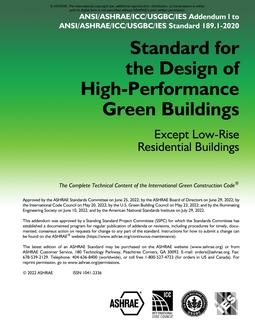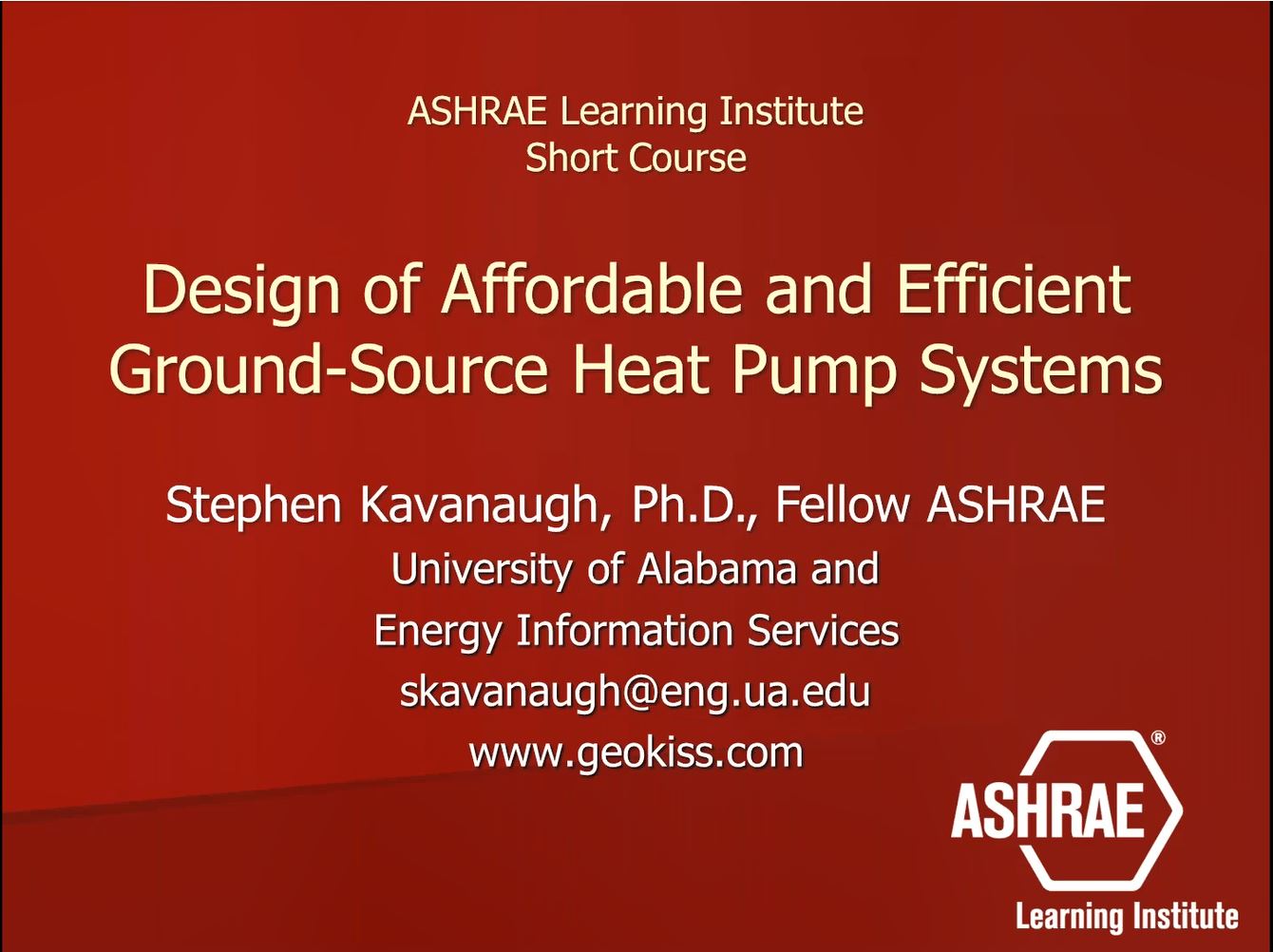Existing specifications for thermal comfort in built environments are coming under increased criticism for failing to consider the requirements of specific populations. People with physical disabilities are an example of one such population. This paper presents the results of a study on the thermal comfort requirements of 32 people with multiple sclerosis. Subjects were exposed to three conditions: 18.5°C, PMV = -1.5, slightly cool to cool; 23°C, PMV = 0, neutral; 29°C, PMV = +1.5, slightly warm to warm. Results indicate that people with multiple sclerosis have a wide range of responses to the three experimental conditions. The actual percentage dissatisfied was much higher than predicted by Fange’s (1970) predicted percentage dissatisfied. Their preferred environment is slightly warmer than 23°C, PMV = 0, neutral. A subgroup of the population prefers an environment that is slightly cooler than 23°C. Further work is needed to qualify if their preferred environments match that of PMV+1 and PMV-1 and to identify if any of the factors such as age, duration of disability, and medication affect the actual mean vote.
Units: SI
Citation: Symposium, ASHRAE Transactions, vol. 105, pt. 2, Seattle 1999
Product Details
- Published:
- 1999
- Number of Pages:
- 13
- File Size:
- 1 file , 380 KB
- Product Code(s):
- D-7497


